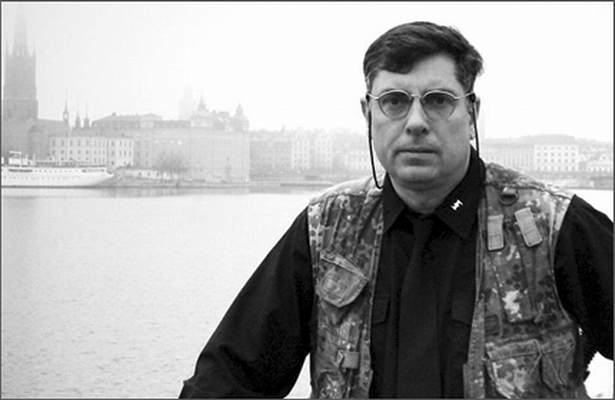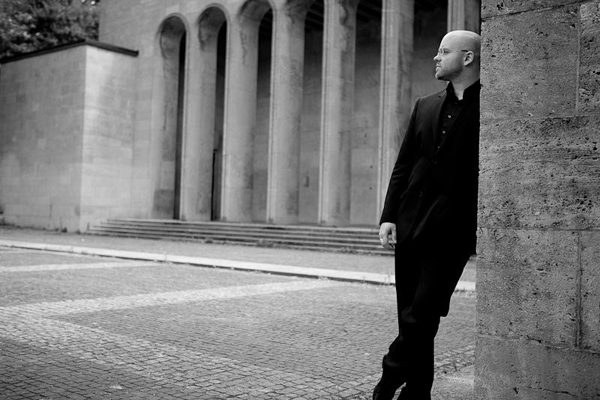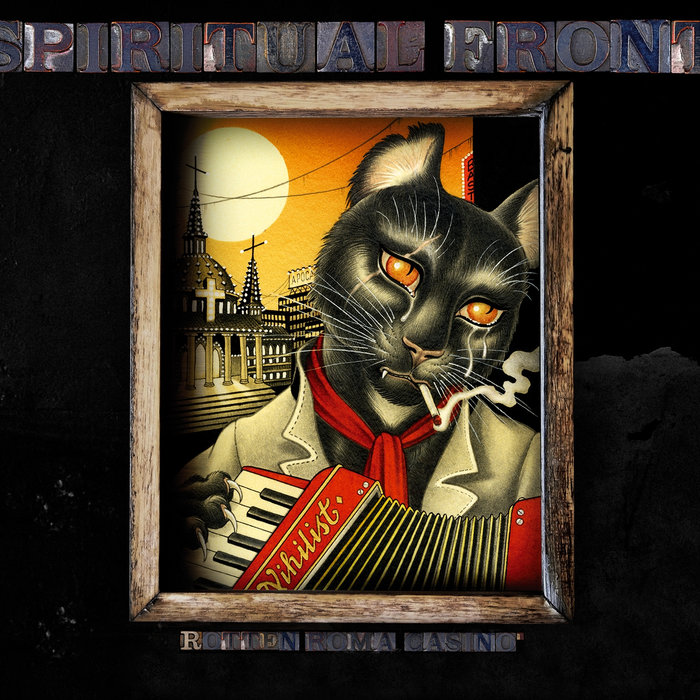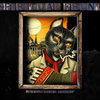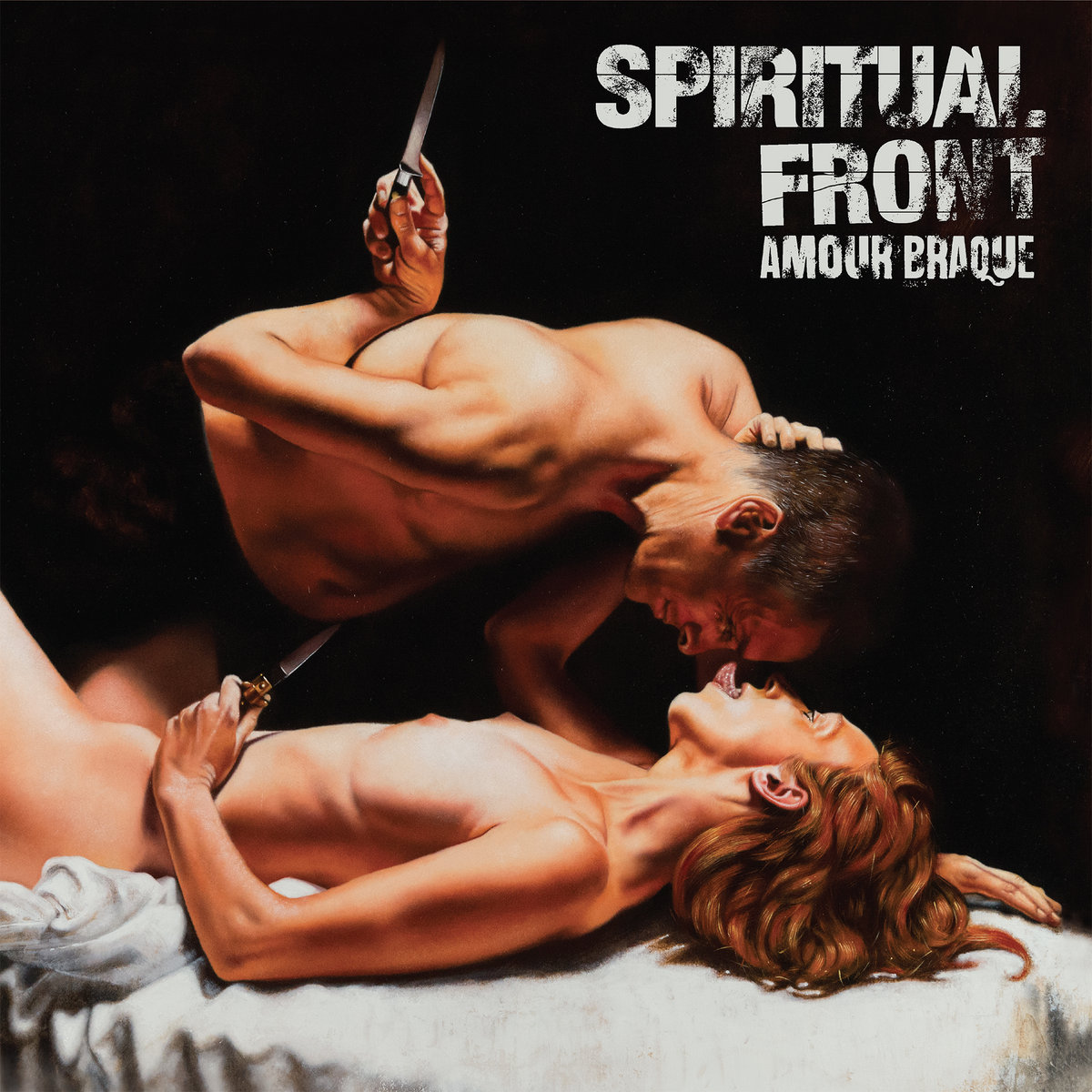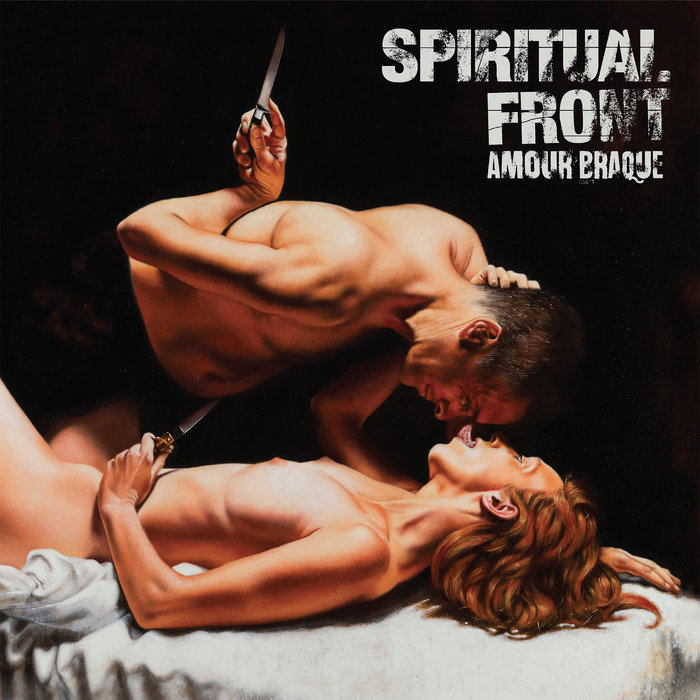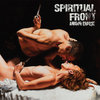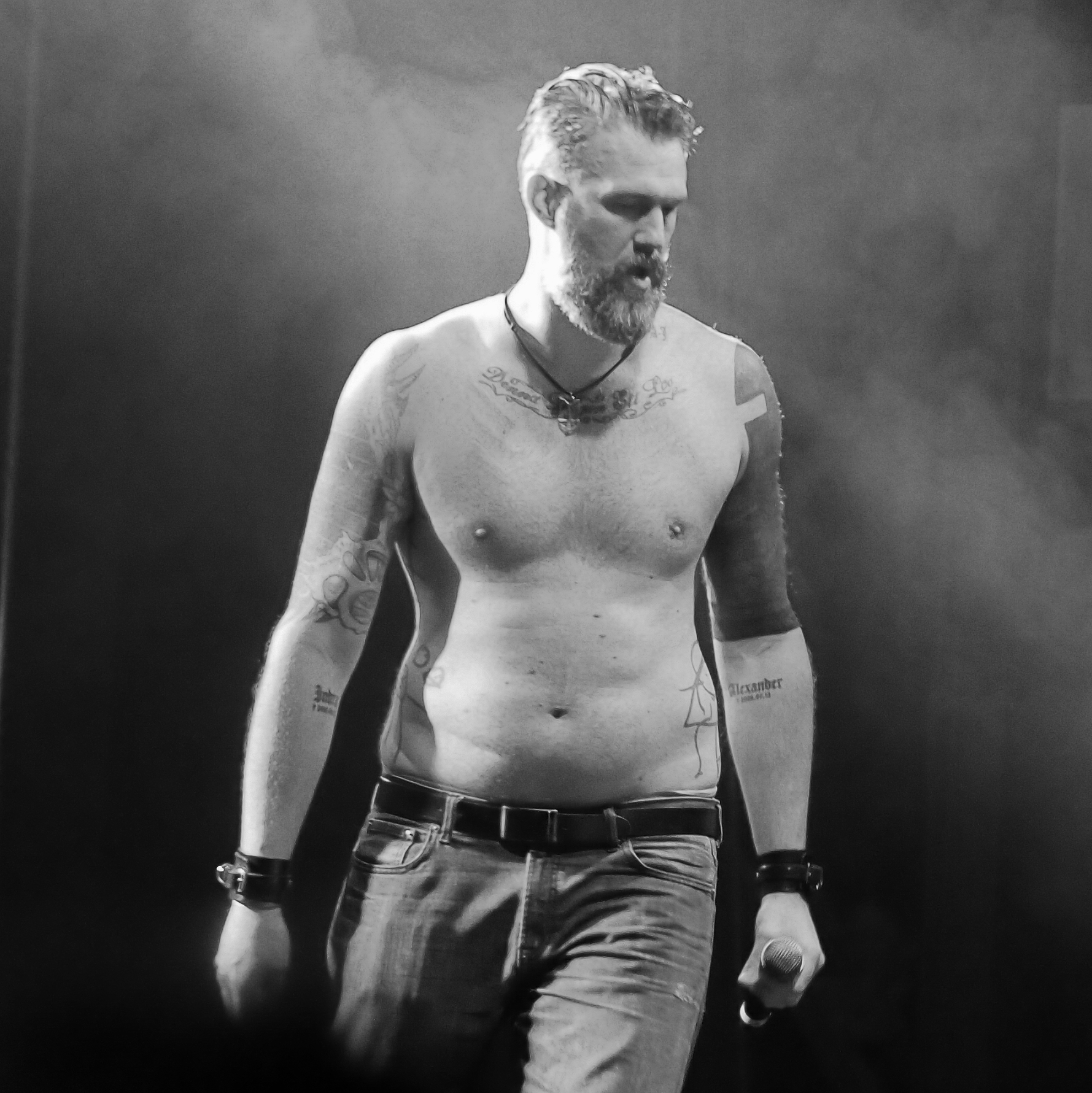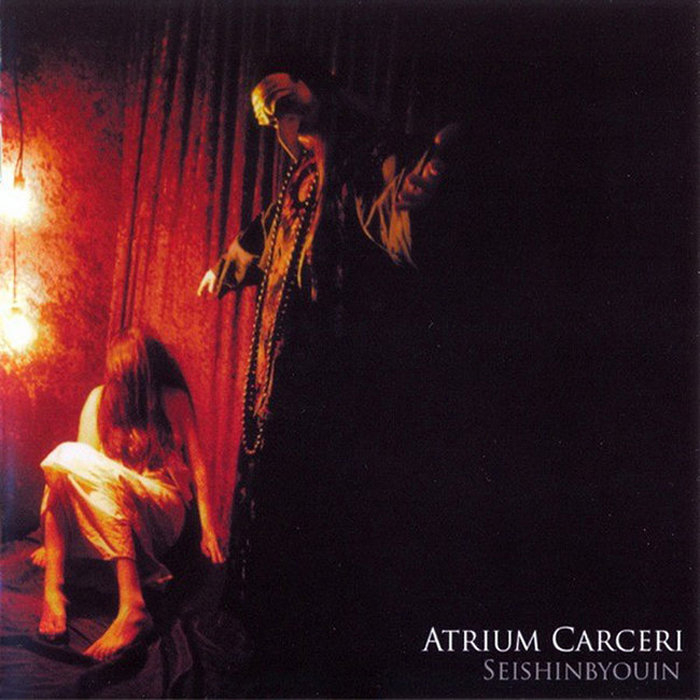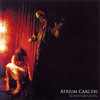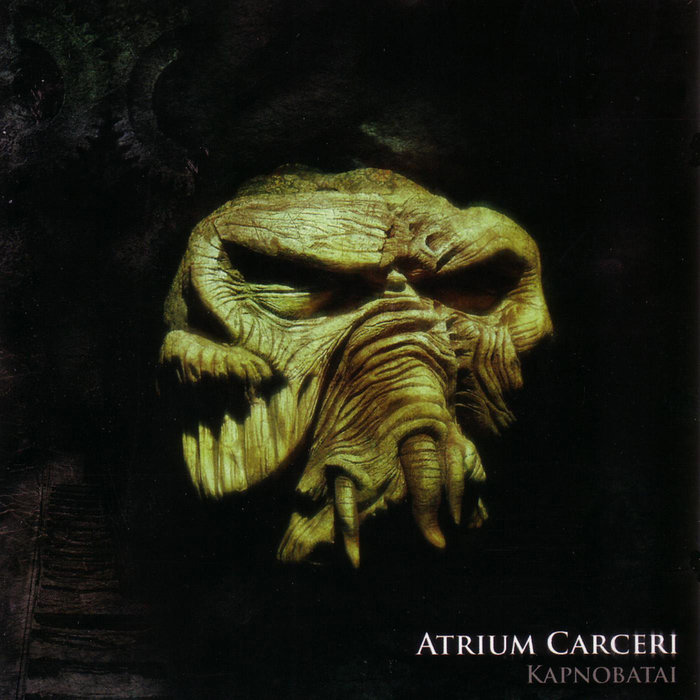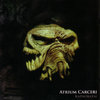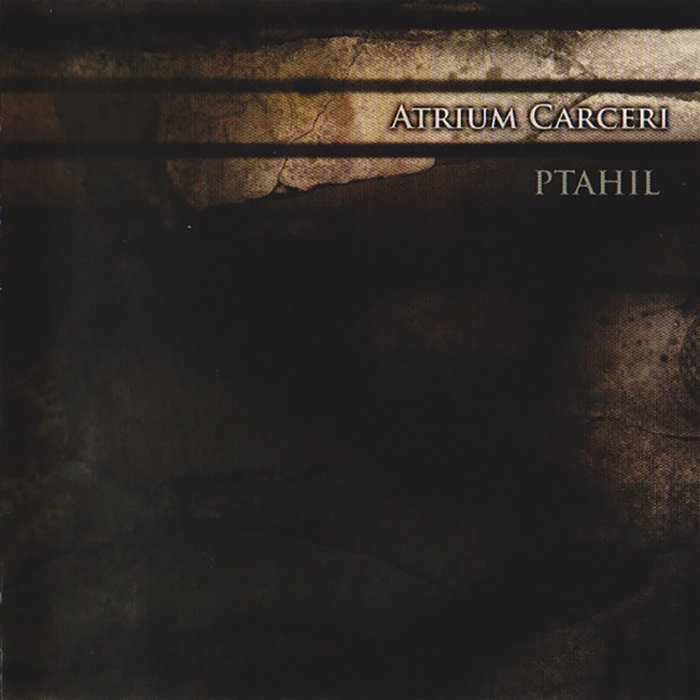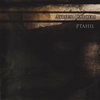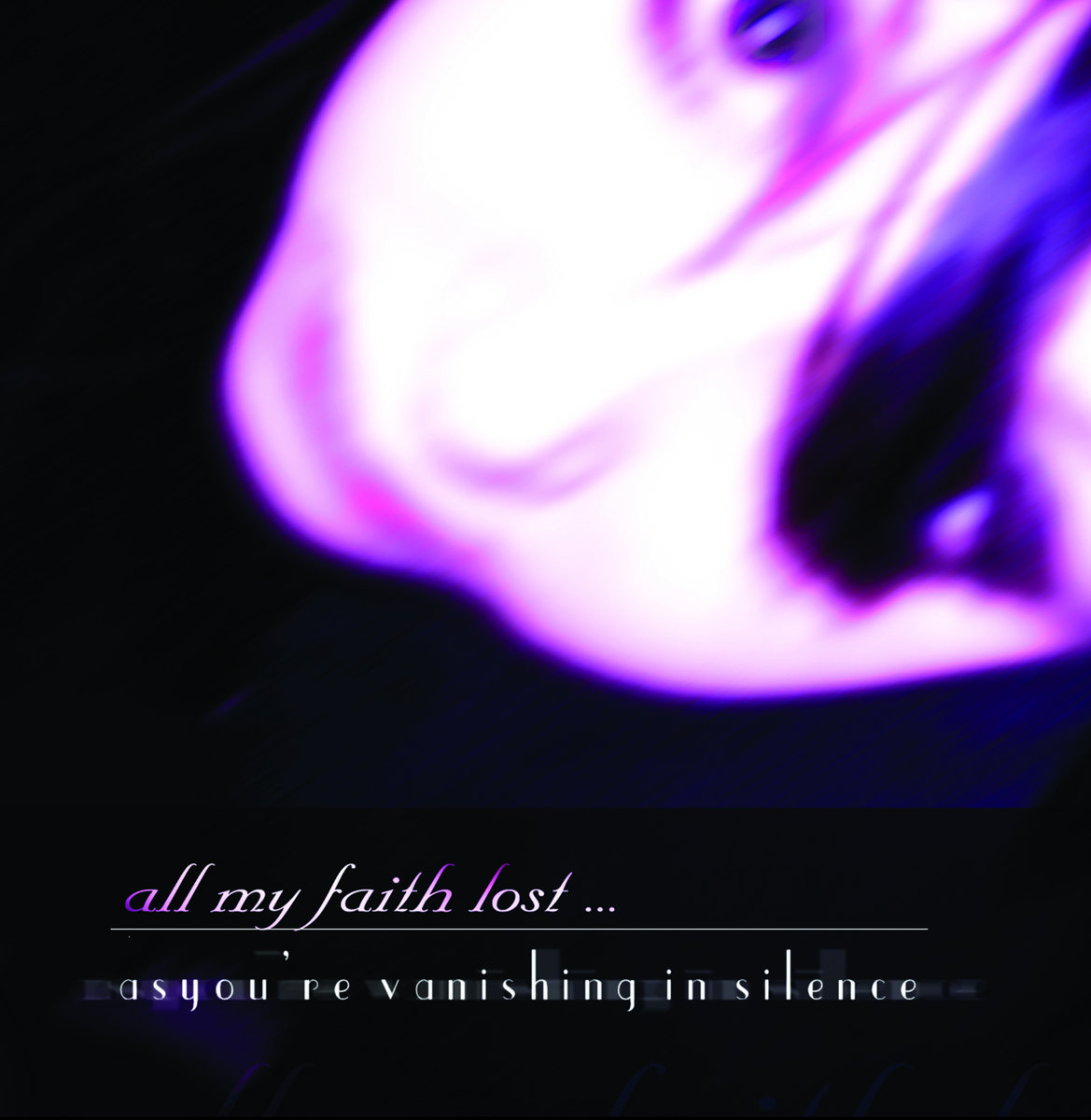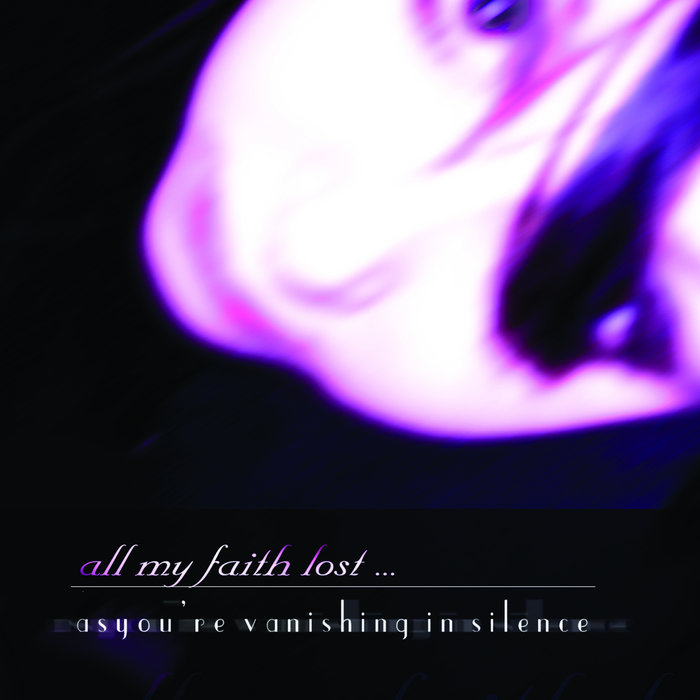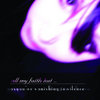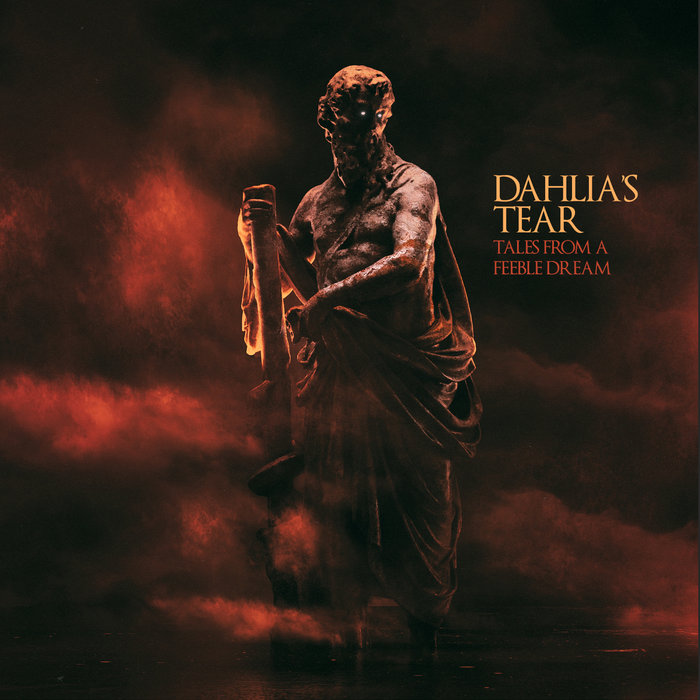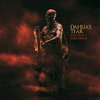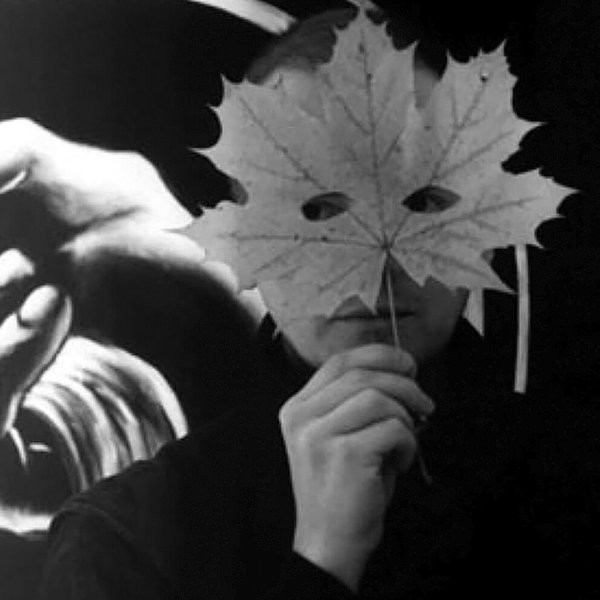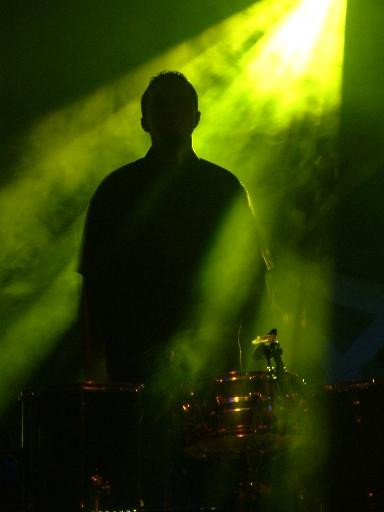Definition:
Post-industrial music is a collection of related music genres that emerged in the early 1980s, all of which blended elements of varying styles with the then new genre of industrial music. "Industrial" had first been applied to music in the mid-1970s by the Industrial Records label artists. Since then, a number of labels and artists have come to be called "industrial". These offshoots include fusions with noise music, ambient music, folk music, and electronic dance music, as well as other mutations and developments. The scene has spread worldwide, and is particularly well represented in North America, Europe, and Japan. The most commercially successful post-industrial subgenre is industrial metal.
We will be focusing more on the Cold Meat Industry sense of post-industrial, the darker, nastier and more experimental - the better! However, I will make sure to include plenty of euphonious neofolk and darkfolk to counterbalance the experimental madness.
![Image]()
"Brave men rejoice in adversity, just as brave soldiers triumph in war." ~ Lucius Annaeus Seneca
Post-industrial music is a collection of related music genres that emerged in the early 1980s, all of which blended elements of varying styles with the then new genre of industrial music. "Industrial" had first been applied to music in the mid-1970s by the Industrial Records label artists. Since then, a number of labels and artists have come to be called "industrial". These offshoots include fusions with noise music, ambient music, folk music, and electronic dance music, as well as other mutations and developments. The scene has spread worldwide, and is particularly well represented in North America, Europe, and Japan. The most commercially successful post-industrial subgenre is industrial metal.
We will be focusing more on the Cold Meat Industry sense of post-industrial, the darker, nastier and more experimental - the better! However, I will make sure to include plenty of euphonious neofolk and darkfolk to counterbalance the experimental madness.
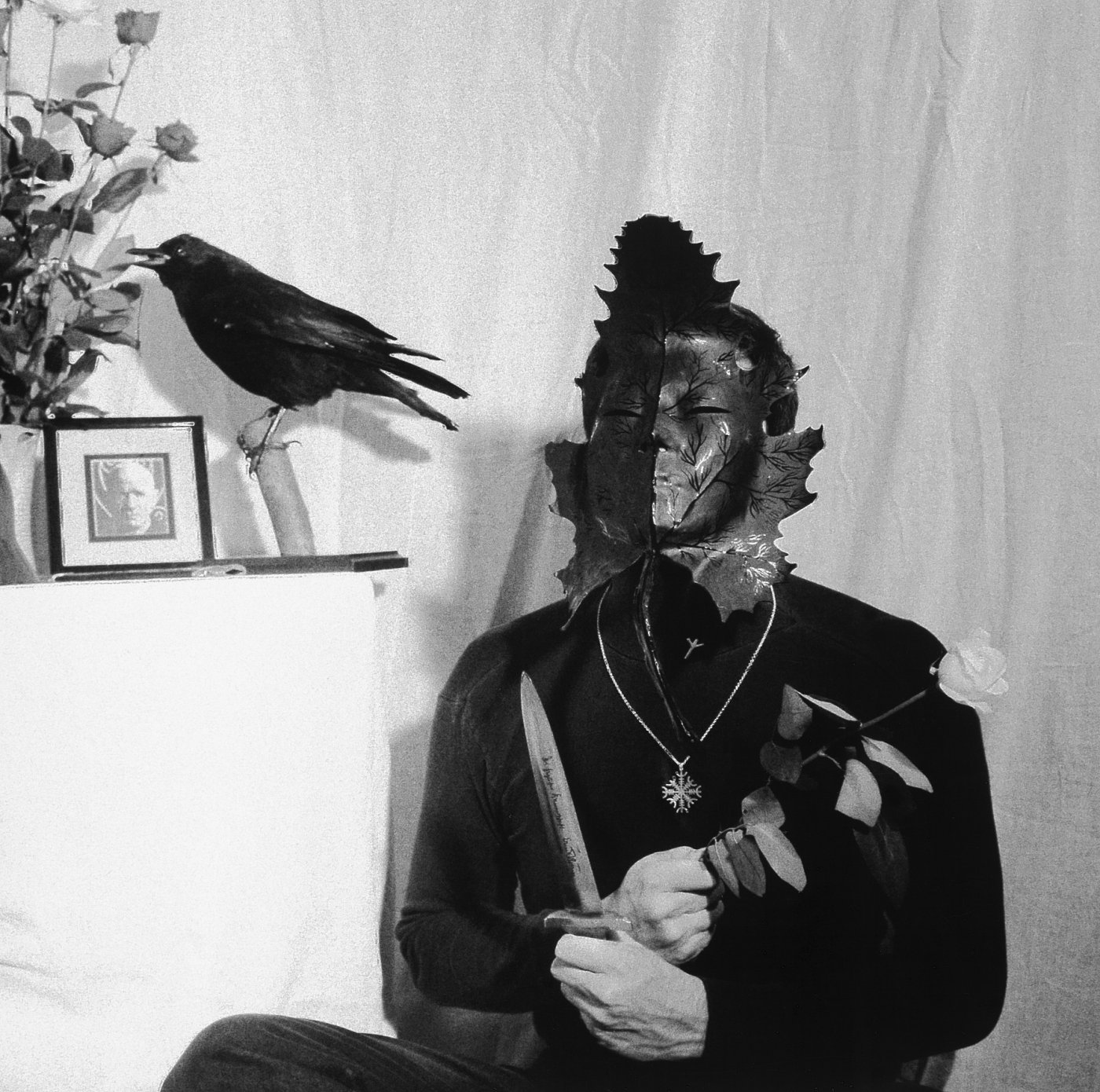
"Brave men rejoice in adversity, just as brave soldiers triumph in war." ~ Lucius Annaeus Seneca


